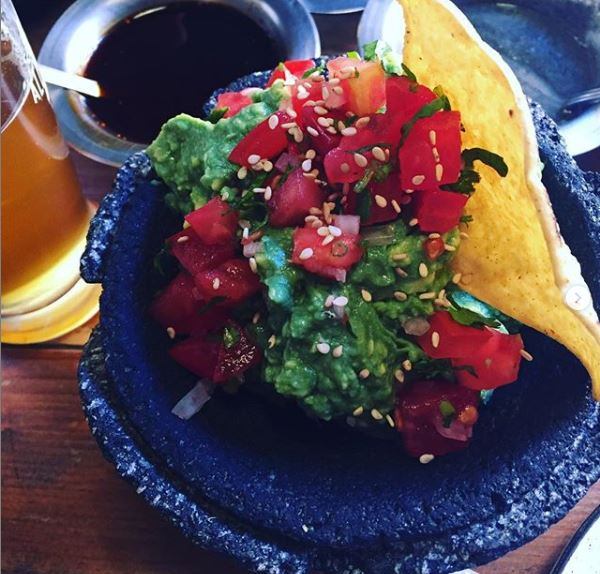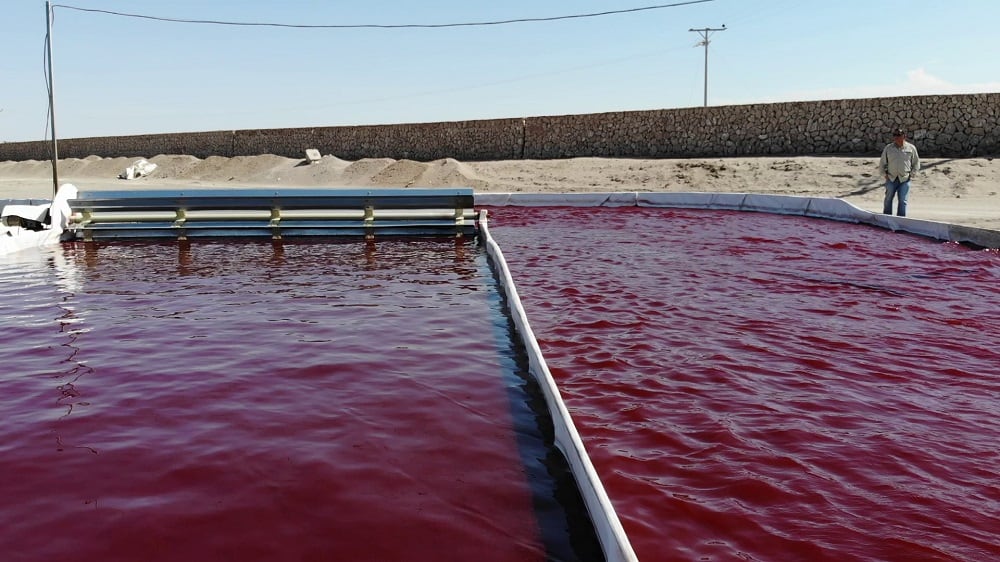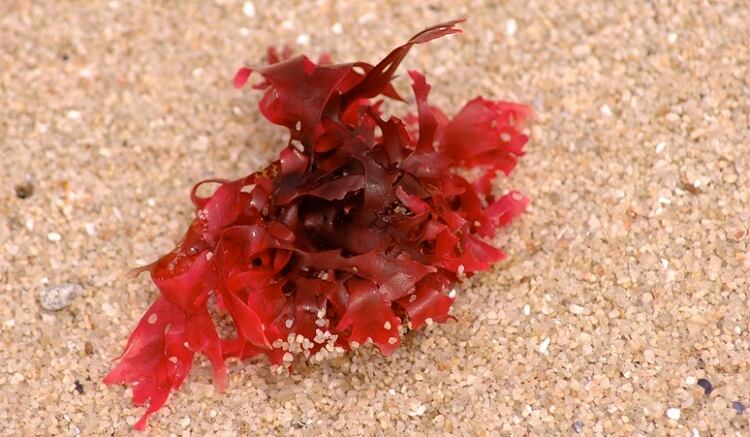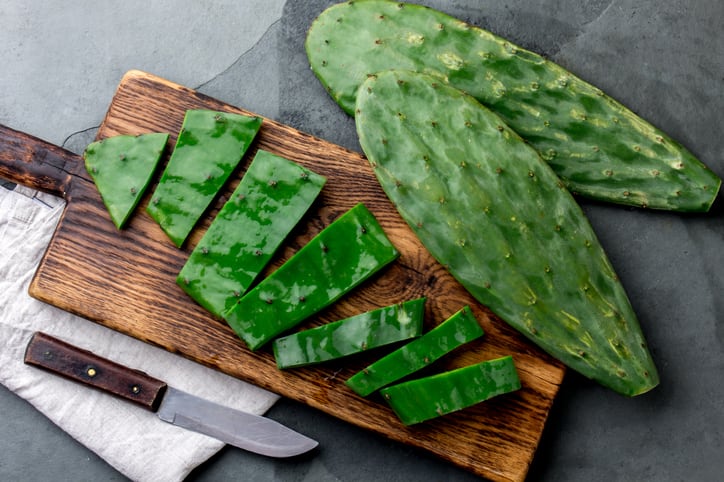Founded in San Miguel de Allende by Katie Kohlstedt and Francisco Portillo in 2010, Spirulina Viva grows fresh spirulina which it sells in specialist stores and ships throughout the country.
Over the past 10 years, Spirulina Viva has seen demand for its products grow and spirulina's reputation evolve.
"Most importantly the word has spread that spirulina does not have to taste bad!” Kohlstedt told FoodNavigator-LATAM.
According to the company, fresh spirulina has a more pleasant flavor than dried as well as a creamy texture and more bioavailable nutrients. It
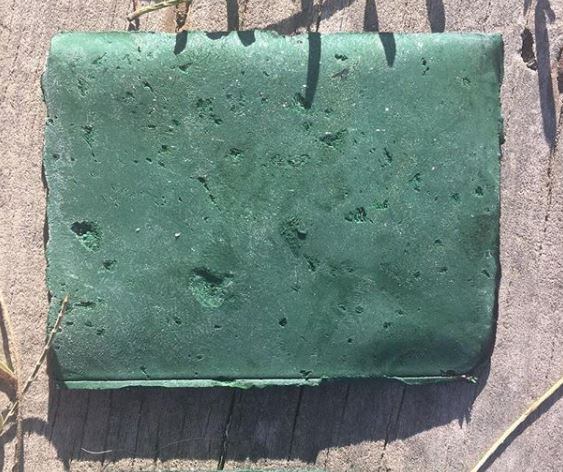
made a conscious decision not to dry its microalgae, meaning its product portfolio is “100% alive, raw and unprocessed”.
Spirulina Viva recommends individuals using it as a food ingredient in traditional Mexican dishes such as guacamole in addition to the more well-known applications, such as smoothies, juices or baked products.
An ancient Aztec superfood
Blue-green in color, spirulina is commonly called a superfood thanks to its iron, protein and vitamin content. High in vitamins A, C and E and beta-carotene, it also contains around 60-70% protein per weight and 1 g provides the equivalent of an estimated 1.8 g of iron.
It is also one of the oldest microorganisms on earth and was a traditional food in pre-Colombian Mesoamerica.
In the 1500s, the Spanish troops of Hernán Cortés recorded how the Aztecs harvested spirulina – called tecuitlatl - from Lake Texcoco, which they then dried and sold in cake form at Tenochtitlán market.
Some scholars even suggest it was this highly nutritious microalga that fueled the growth of the Aztec population.
This heritage connection is important for Kohlstedt; Mexico may have been one of the original spirulina-producing countries but today most of the spirulina sold there is imported and of low quality, she said.
A return to real food
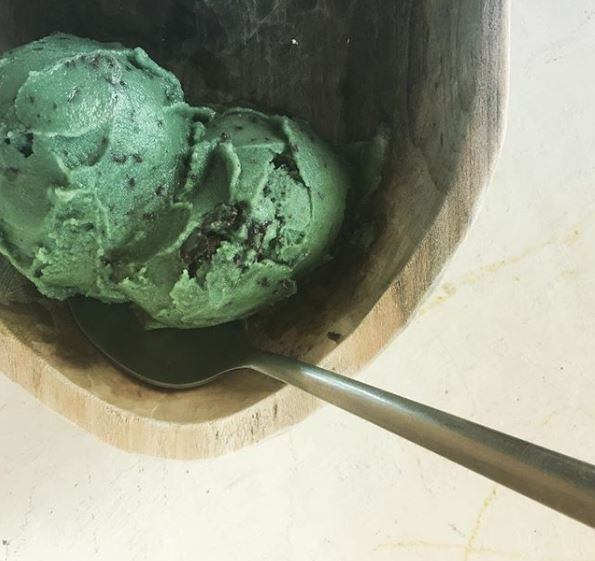
“It is a crucial time in Mexico to return to real food. People's health is suffering and most people have little connection to healthy food. 'Live' spirulina, because of its origin as a source of vitamins for the Mexican Aztec people, is an ideal way for modern Mexicans to get all the nutrients they are not getting in processed foods today.
“Mexico is hungry for real food," she added. "People who contact us every day are looking for a way to get sick less and feed their kids real food instead of junk. In Mexico City, because of the high levels of pollution, kids get sick a lot more and it's a major issue for parents.”
Growing microalgae in Mexico
The world's spirulina market is estimated to reach US$2bn by 2026, growing at a CAGR of 10% each year from 2016, according to Persistence Market Research.
Interest in developing Mexico’s microalgae industry as a source of both food and fuel is also growing.
Supported by the Mexican National Science and Technology Council (CONACyT), researchers from Tecnológico de Monterrey recently conducted an evaluation of the country’s suitability for open-pond microalgae production facilities.
Looking at the country’s natural resources, climatic conditions, geological data, and infrastructure, they identified several “promising locations” for open pond cultivation, including Guerrero, Jalisco, and Veracruz.
“States in the south of Mexico, due to their tropical weather, are the most suitable for microalgae production; however up to 26.88% of the country is suitable for this activity, with the potential of producing up to 3.8 billion tonnes per year,” they wrote in the journal Algal Research.
SME spirulina workshops
Spirulina Viva runs workshops for small to medium-sized producers interested in growing spirulina. It has already trained producers from Argentina, Colombia, Peru, Mexico, Brazil as well as Australia and the US, with the course focusing on production techniques, equipment, and land use assessment.
Kohlstedt said: "We feel that the world needs more high-quality spirulina [...] and more of a 'farmers' market' market than the low-quality, bulk imported powder which honestly is giving spirulina a bad name among many customers who have tried it and didn't like it."
Around 95% of Spirulina Viva's production is B2C with the remaining 5% going to the B2B market, particularly restaurants.
Source: Algal Research
Available online ahead of print, doi.org/10.1016/j.algal.2019.101459
“Potential land microalgae cultivation in Mexico: From food production to biofuels”
Authors: Diego Lozano-Garcia, Sara Cuellar-Bermudez, Elizabeth del Rio-Hinojosa et al.

